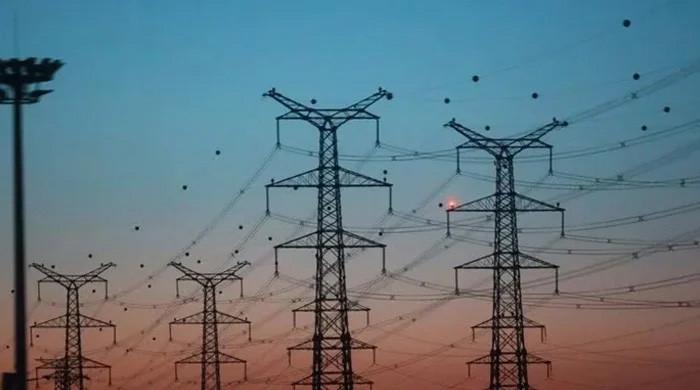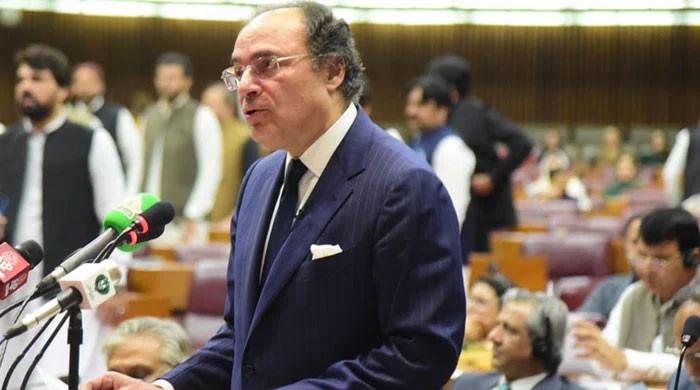Agriculture, CPEC to raise Pakistan's growth to 5.5 percent in 2017/18: World Bank
The latest projections were kept unchanged compared with those for the next three fiscal years
June 06, 2017
The World Bank on Monday said robust agriculture sector and Chinese-led infrastructure development would lead to 5.5 percent growth in Pakistan’s economy during the fiscal year 2017-18.
The Washington-based lender also projected the country’s growth at 5.8 percent in FY19 and the subsequent fiscal year.
“In Pakistan, favourable weather and increased cotton prices are supporting agricultural production, and the China-Pakistan Economic Corridor infrastructure project and a stable macroeconomic environment have contributed to an increase in private investment,” the Bank said in its flagship report Global economic prospects: A fragile recovery.
“Agricultural output rebounded following the end of a drought, while the successful completion of an IMF- (International Monetary Fund) supported program enhanced macroeconomic conditions and foreign direct investment.”
The latest projections were kept unchanged compared with those for the next three fiscal years in the Bank’s January’s report. The report is released on semiannual basis.
The government set growth target at six percent for FY18. The World Bank, however, warned that perturbed law and order situation could discourage local and foreign investments.
“Security concerns in countries such as Afghanistan and Pakistan could hold back investment and business confidence,” it said. The World Bank’s group said growth in the South Asia region has picked up in 2017.
It forecast growth in the South Asia to advance to a 6.8 percent pace in 2017 and accelerate to 7.1 percent in 2018, “reflecting a solid expansion of domestic demand and exports.”
“Excluding India, regional growth is anticipated to hold steady at 5.7 percent this year, rising to 5.8 percent in the next, with growth accelerating in Bhutan, Pakistan, and Sri Lanka, but easing in Bangladesh and Nepal.” The Bank, however, said setbacks to reform processes would slow the removal of supply constraints, dampen productivity growth, and hinder integration into global value chains.
“Despite progress in fiscal consolidation, public debt remains high across the region, and contingent liabilities are building up,” it added. “While South Asia is less integrated into the global economy than other regions, and therefore less likely to be affected by negative external shocks, several external risks remain a concern.”
The slowdown in remittances in the wake of strict immigration policies in developed countries and oil crisis-stricken Gulf Cooperation Council poses a challenge to external sector. There is also a possibility of weaker-than-expected demand, or a rise in trade restrictions in advanced economies, which could weigh on exports. In India, an increase in government spending, including on capital formation has partially offset soft private investment in India. The Bank projected the country’s growth at 7.2 percent for FY18, 7.5 percent for FY19 and 7.7 percent for FY20.
The World Bank said solid agricultural activity and robust services, despite external and domestic challenges supported growth in Bangladesh, while in Sri Lanka, a resumption of Chinese-funded investment and infrastructure projects have lifted private investment and foreign direct investment inflows.
In Bhutan and the Maldives, it added that growth has continued to gain traction and Nepal’s growth has rebounded strongly following a good monsoon.











